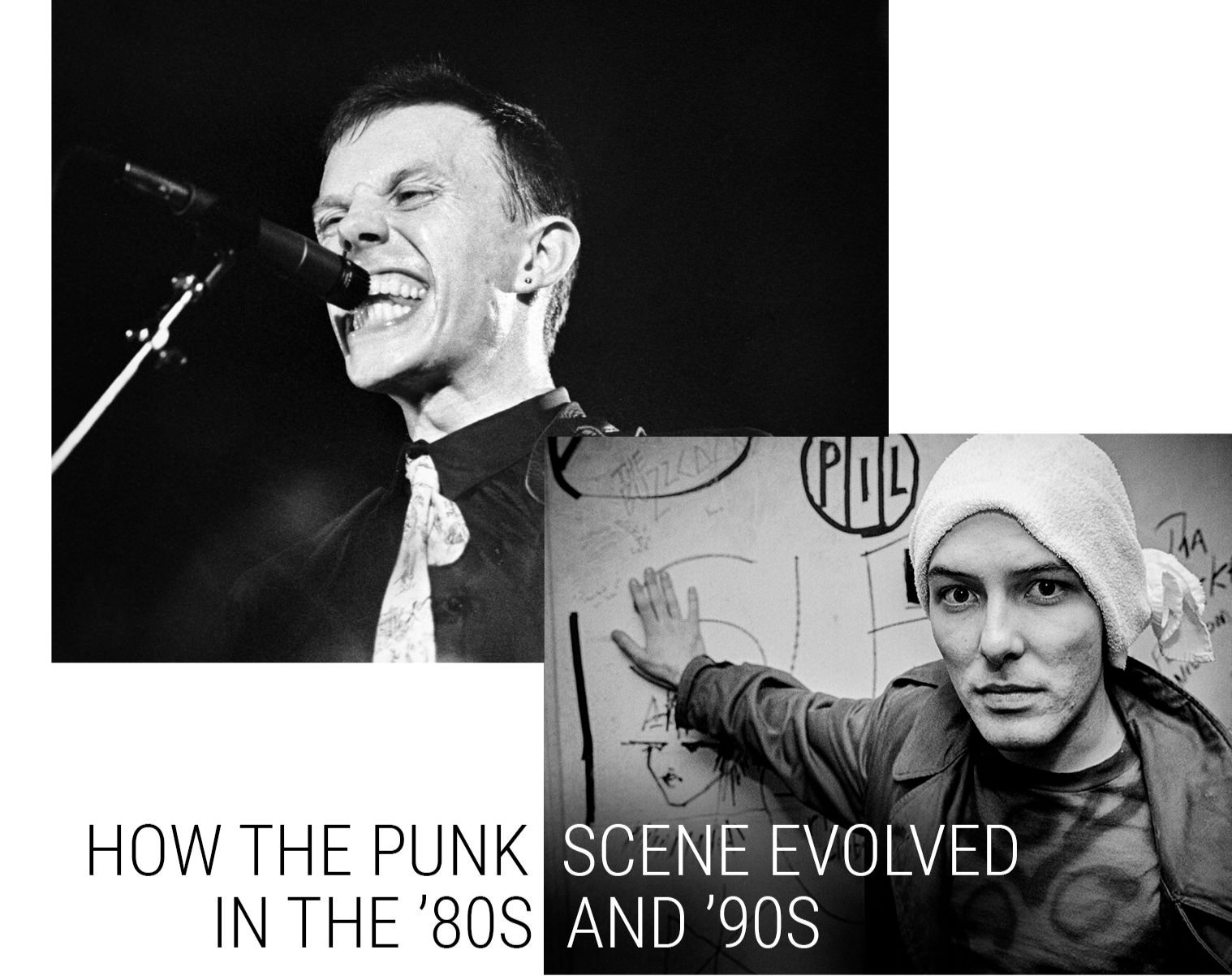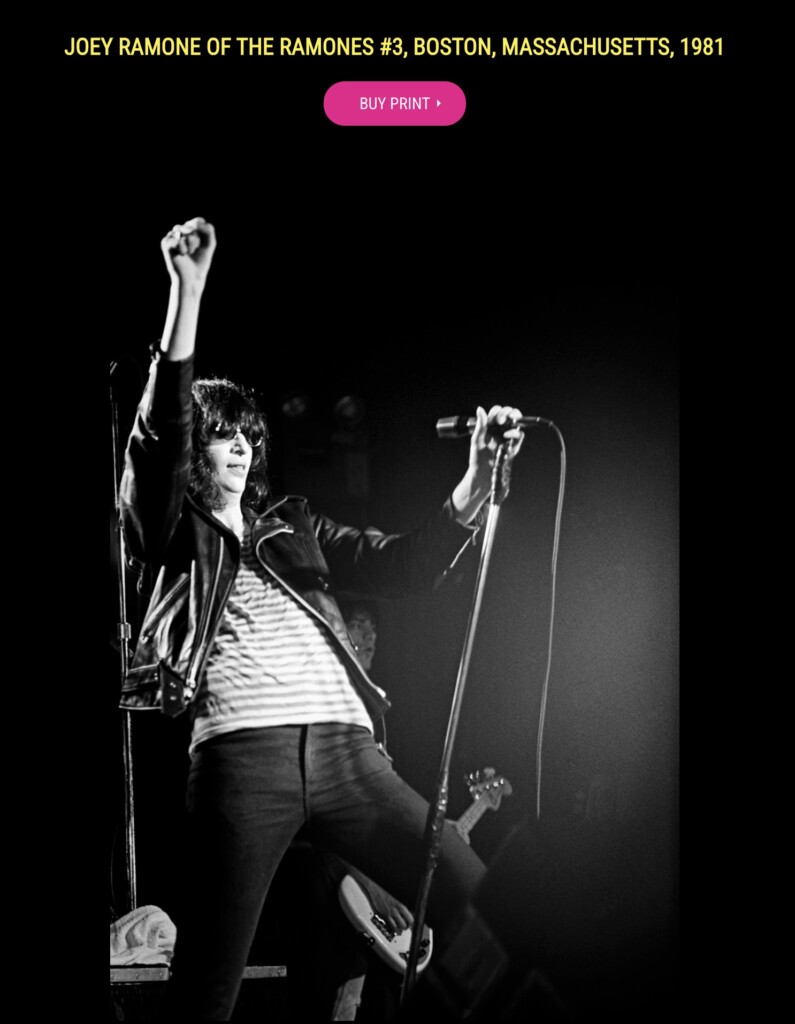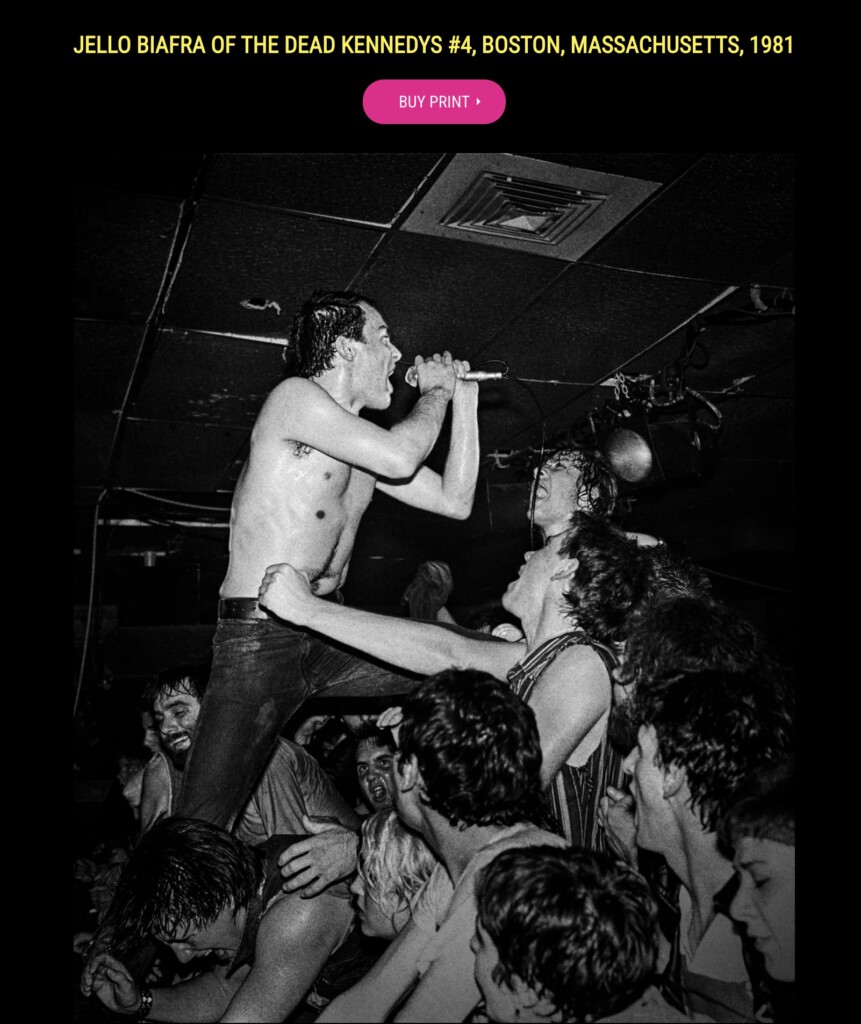Days of Punk
| Fashion
The Changing Faces of Punk: How the Punk Scene Evolved in the ’80s and ’90s
Posted by Michael Grecco

The Changing Faces of Punk: How the Punk Scene Evolved in the ’80s and ’90s
Punk had evolved and changed faces across the years, specifically in the ’80s and ’90s. Punk music in the 1970s was dominated by a club scene that emerged in the marginalized urban neighborhoods of large cities. Bands weren’t necessarily urban by nature or birth, but they found stages and audiences in repurposed bars, clubs, theaters, and retail spaces in the ungentrified urban environment.
London, New York, Boston, and Berlin were stomping grounds for the disaffected who brought a DIY ethos to a new sound. The Music was the soundtrack for a culture. Punk affected lifestyle, fashion, art, politics, personal and societal relationships. Punk changed the way that those who couldn’t make sense of corporate society interacted with each other and the outside world.
The Punk scene was transformative by nature. It did not, would not, and could not conform to a homogenized society reaching for a mythical golden ring at any cost. 1970s Punk music and culture was raw and stripped down, it screamed anti-establishment. The transformation of Punk didn’t happen overnight.
Throughout the 1980s and into the 1990s, Punk was morphing from an umbrella of one into subgenres. Transformations in sound, style, fashion, philosophy, political action, or anarchy pushed the boundaries of Punk into the unknown. Throughout this metamorphosis, photographer Michael Grecco was undergoing an artistic transformation. His fascination with using natural shadows and light combined with framing, focus, and angles positioned him to capture glimpses of the changing faces of punk in black and white.
The 1970s Punk
In the midst of an era of polished production, mass-produced fashion, retail clones, and arena rock, the DIY ethos of Punk was emerging from suburban garages and urban landscapes.
The Sex Pistols in the UK and The Ramones in NYC channeled the anger of a disillusioned youth. They gave sound to those who were rebelling against everything from the music industry to societal norms. Fast, loud, unpolished, gritty, and homemade, Punk rejected bloated rock anthems, album cover fantasies, and mega-dollar productions. The soundtrack of Punk was the total opposite. Its songs were short, sharp, and abrasive.
Into the 1980s
The fundamental DIY ethos and its core of rebellion evolved as Punk gave way to new messages and diverse causes. Harkening back to the earliest garage and abandoned factory bands of its dawn, Punk was changing its face and embracing regional differences, sounds, looks, and reasons for existence.
Punk was being reinterpreted with genres that included hardcore punk in the US, post-punk in the UK, and anarcho-punk in Berlin. Each subgenre was unequivocally punk with a unique prescription of the sonic experimentations that would lead punk into the 1990s and beyond.
The Disaffected Punk Faces
As if mimicking its core value as the music of the disaffected, marginalized, and otherwise pissed-off generation, punk was changing faces. The US saw the rise of bands like Black Flag, Minor Threat, and Dead Kennedy’s take on the regional hardcore face of punk. It was a brand of Punk that fed off the aggression of early punk and amplified it to another level.
Other faces of Punk included the straight-edge punk scene of Washington, D.C. that rejected drugs and alcohol. In California Skate-Punk was taking off, combining punk culture with a lifestyle. In each incarnation of regional punk around the world, the core of punk remains the same.
The Living Faces of Punk
Michael Grecco curated a book of photographs that captures the energy, chaos, and ferocity of the faces of Punk. His book, Punk, Post-Punk, New Wave: Onstage, Backstage, In Your Face, 1978-1991 captures images of the faces of Punk as they morph throughout the subgenres of the culture. The Grecco photos capture sweaty, explosive performances and chaotic crowd scenes. It provides a living visual record of the raw energy of Punk. The visceral connection between musicians and their audiences jumps out of the unfiltered clear crisp photos of Michael Grecco.



